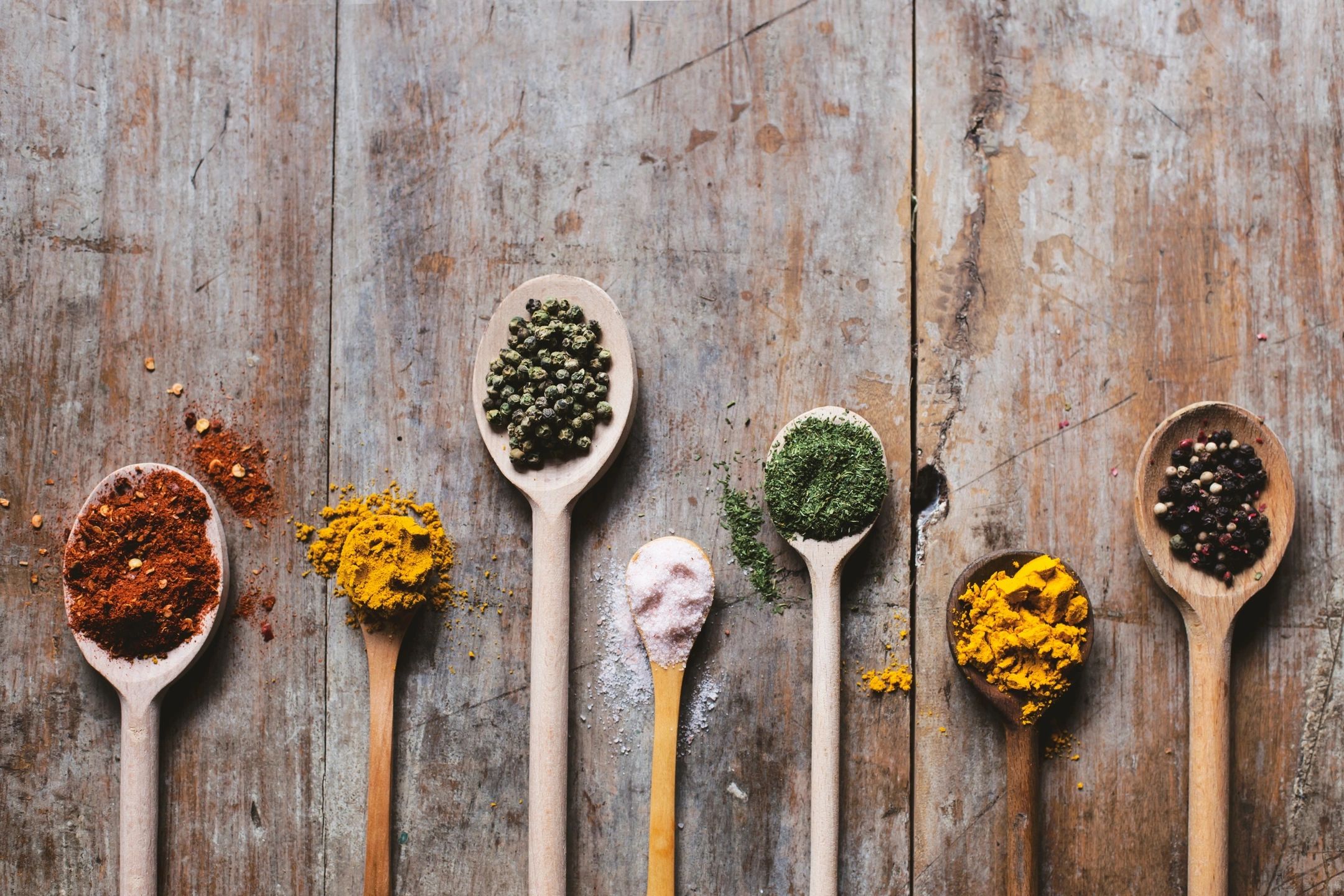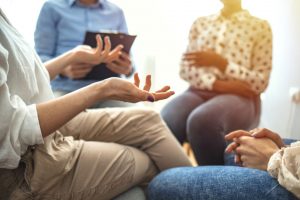
Understanding addiction using food cravings as a case study is the best way to explain the anomaly. A few days ago, there wasn’t much food in my house. I resented the amount of work it would take to cook a meal.
I’d have to go to the grocery store, buy the food, and transport it home. All these done before I could even cook a meal for my family. I felt overwhelmed with how much work was involved. Coupled with the fact that I had to prepare meals every day of my adult life.
I was bogged down with work, so I decided to cook steak. It’s easy to make, hard to mess up, and my kids would be happy. As I finished up my meetings, I began to look forward to going to the grocery store. This will require choosing a cut of meat, and preparing it my favorite way. Of course, it will be seared in a cast iron pan and finished in the oven.
My mouth watered as I looked forward to the dinner I had despised mere hours ago.
Our bodies react to food the same way they react to alcohol
Our bodies react similarly to food as they to do drugs & alcohol. Eating enjoyable food releases a chemical called dopamine in our brain. This is a neurotransmitter that makes us feel good. The brain likes this chemical reward which then drives us to repeat the behavior.
For example, when we’re thirsty, the best feeling in the world is a glass of water. When we hold our breath for too long, a breath of air feels amazing. Our bodies are programmed to make us enjoy these sensations so that we do them again.
Relating With Drugs and Alcohol
Drugs and alcohol follow this same cause-and-effect pattern. When we drink and take drugs, the same pleasure center releases the chemicals. This programs us to want more by default. Drugs pack more of a punch than a tall glass of water. When dopamine is released by powerful drugs, we want to feel that pleasure again, and again, and again…
One day when I wanted to cook, I thought deeply of the pleasure we derive from eating. I thought about the flavors of a good meal, and spending time with family. It goes forward into laughing and socializing with friends. Our brains crave the joyful aspects that mealtime brings and after we eat. We sit with contentment, satisfied until the next round.
If eating didn’t set off this chemical reaction in my brain, I would have stopped cooking and eating. In my mid 20’s I would have said, “this eating every day thing isn’t worth it” and let myself die. Pleasure-packed neurotransmitters remind us to eat. It was created that way by design.
For people with eating disorders, food Cravings are the same as drug cravings
We’ve all had cravings for food. They pop up out of no where and become so strong that we must act on them. How many slices of pizza, General Tso’s Chicken, and late night Ben and Jerry’s binges have you had that were born of a craving for them?
I use this example a lot when people tell me that they can’t understand how their loved ones got caught in a cycle of substance abuse. We are all addicted to food, water and air. When we remove them, we become obsessed with getting them. It’s all we focus on, and when we get our hands on them, we overindulge. These are the same behaviors someone has around drugs and alcohol, based on the same chemical reactions in the human brain.
About Adam Banks
Adam Banks is a certified interventionist and the owner of Adam Banks Recovery. After receiving an MBA from the University of Chicago, Adam built a company that was later acquired by United Health Care. His discipline and attention to detail comes from his former career as an airline pilot, holding an ATP, the FAA’s highest license.
Today, Adam is dedicated to helping others achieve long-term sobriety. His work has guided executives, pilots, and physicians on paths to recovery. Adam brings families together through a loving and inclusive approach.
Adam has authored four books on addiction. His recent work, Navigating Recovery Ground School: 12 Lessons to Help Families Navigate Recovery, educates families on the entire intervention process. He also offers a free video course for families considering an intervention for a loved one.
Adam is available for alcohol and drug intervention services in New York, Long Island, the Hamptons as well as nationally and internationally.




